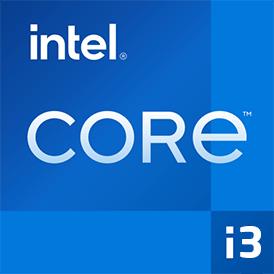 Geekbench 6 (Multi-Core)
Geekbench 6 (Multi-Core)
|
|
Intel Core i3-1110G4
2C 4T @ 1.1 GHz
|
2838
|
|
|
Qualcomm Snapdragon 653
NoneC NoneT @ --
|
866
|
 Geekbench 5, 64bit (Multi-Core)
Geekbench 5, 64bit (Multi-Core)
|
|
Intel Core i3-1110G4
2C 4T @ 1.1 GHz
|
2346
|
|
|
Qualcomm Snapdragon 653
NoneC NoneT @ --
|
1026
|
 Geekbench 6 (Single-Core)
Geekbench 6 (Single-Core)
|
|
Intel Core i3-1110G4
2C 4T @ 1.1 GHz
|
1510
|
|
|
Qualcomm Snapdragon 653
NoneC NoneT @ --
|
279
|
 Geekbench 5, 64bit (Single-Core)
Geekbench 5, 64bit (Single-Core)
|
|
Intel Core i3-1110G4
2C 4T @ 1.1 GHz
|
1135
|
|
|
Qualcomm Snapdragon 653
NoneC NoneT @ --
|
287
|

